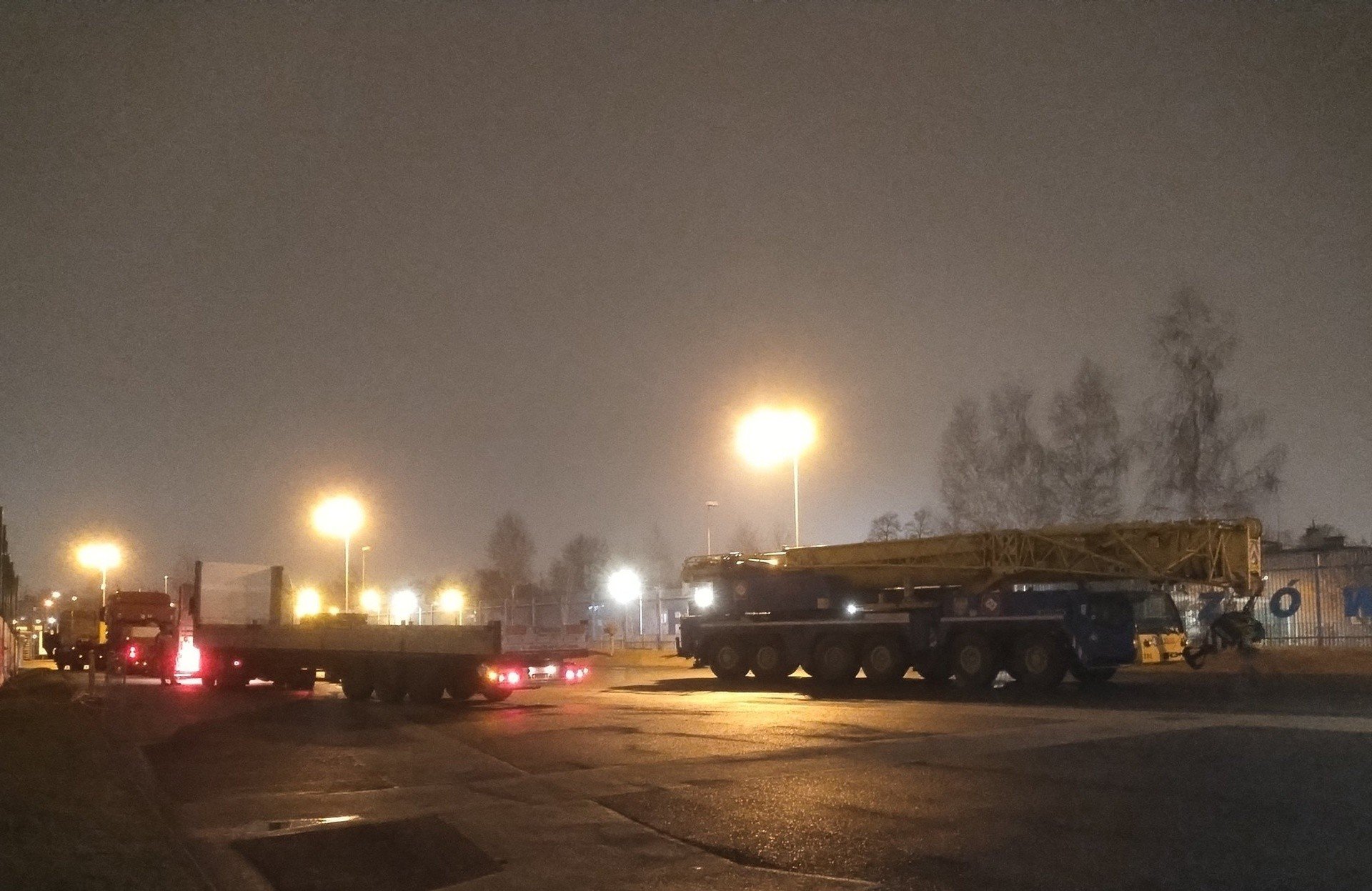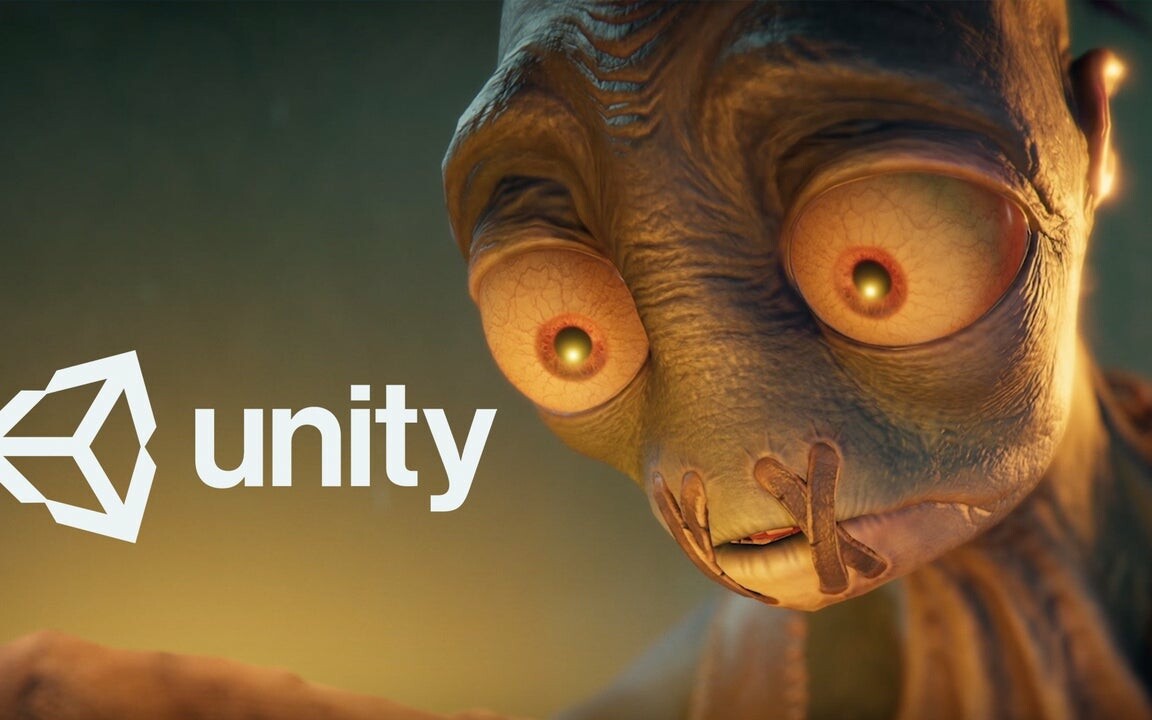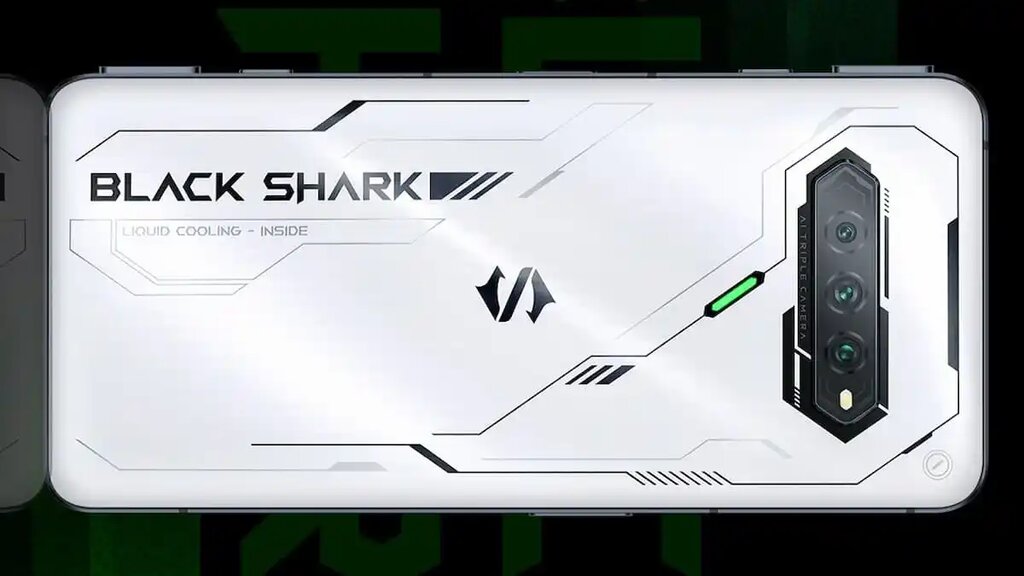Scientists studying dust from the Itokawa asteroid have found the unusual conclusions. It turns out that destroying or moving similar objects that threaten Earth may be more difficult than previously thought.
an asteroid like a space pillow. It is very difficult to destroy it
The researchers analyzed three dust particles collected years ago from the asteroid (25143) Itokawa by the Japan Space Agency’s (JAXA) Hayabusa probe. Launched in 2003, the spacecraft collided with the asteroid in its orbit around the sun, collected samples of the dust covering the object, and returned it to Earth in 2010.
Now, an international team led by scientists from Australia’s Curtin University of Technology has discovered that Itokawa has an internal structure that differs significantly from many rocky asteroids studied to date. According to the researchers, the asteroid is rather a large group of looser rocks and stones pulled together in space by gravitational forces.
Moreover, just over half of the volume inside the asteroid is rocky material. The rest is empty. As the researchers compare, Thanks to this structure, Itokawa behaves like a giant pillow – absorbing collisions with smaller cosmic stones, which makes it resistant to a significant part of the collisions.
Scientists also estimated the age of the asteroid to be at least 4.2 billion years. So Itokawa formed early in the existence of the solar system and continues in this way until today. According to the researchers, this is due to the asteroid’s unusual structure, which is very good at absorbing impacts.
Defending Earth from a cosmic catastrophe could be even more difficult
Itokawa is one of the potentially dangerous near-Earth objects on our planet. Scientists say that it does not pose any danger to us in the expected period. However, if Earth were to defend itself against an asteroid with a similar structure, researchers would have a hard time cracking it.
So far, humanity has conducted only one test of the planetary defense system. Of course, it is implemented by NASA In 2022 the DART (Double Asteroid Reorientation Test) mission. The Americans sent a spacecraft that, after a direct collision with the small asteroid Dimorphos, slowed down the orbital movement of this body around the larger asteroid Didymus. The test turned out to be successful, because as a result, it was possible to significantly change the orbit of Dimorphos.
A similar mission on a larger scale could save Earth from a possible space catastrophe. However, researchers associated with an Australian university believe that Issue Defending against an Itokawa-like asteroid, such a mission would fail. destruction or interference a path Such a thing would require a different process, which humanity is not yet able to prepare for.

“Prone to fits of apathy. Introvert. Award-winning internet evangelist. Extreme beer expert.”










